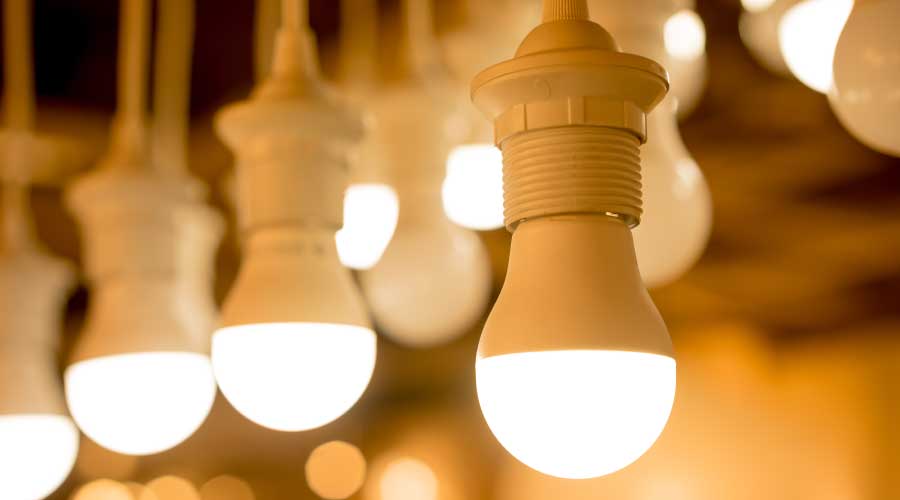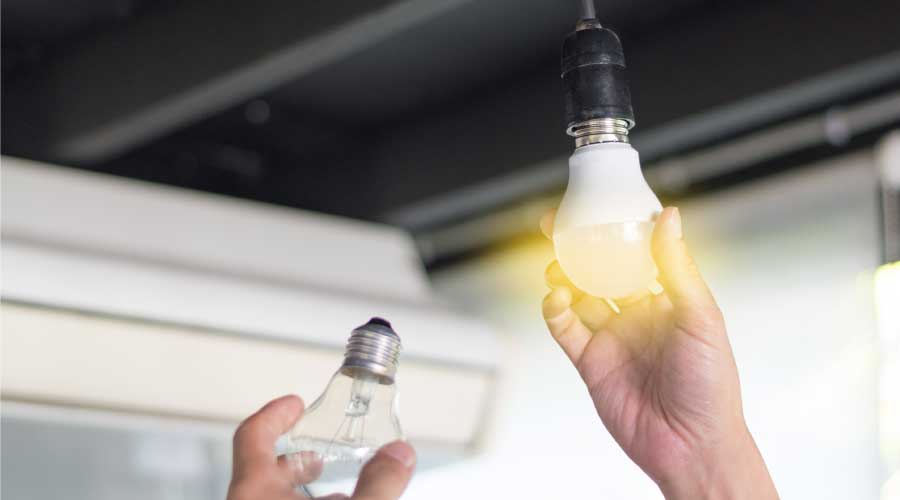T12 Lamps: Strategies for Successful Retrofits
Lighting systems in new commercial and institutional facilities account for 25-30 percent of the building's total electricity use. Energy use by lighting systems in older facilities that have not been upgraded in the past 15-20 years is even higher — typically, 40 percent of total electricity use.
Maintenance and engineering managers who have upgraded their facilities' lighting systems report reductions in lighting energy of 25-35 percent, with a simple payback of two-three years.
Because lighting is such a large energy-conservation target with potentially high rewards, retrofits of lighting systems have been one of the most popular options for managers looking to improve the energy efficiency of their facilities. For those who have deferred such retrofits, now is the time to give the opportunity serious consideration.
Upcoming changes in federal regulations and incentive programs will have a major impact on the cost-effectiveness of retrofits. Managers who move aggressively can take advantage of these changes to minimize both the cost of implementing the retrofit and their lighting systems' energy use as utility rates climb. Those who adopt a wait-and-see attitude likely will incur increased costs in keeping existing lighting systems operating efficiently, and they will continue to miss the opportunity to realize significant energy savings.
The Future of T12 Lamps
The T12 lamp has been the most widely used fluorescent unit in commercial and institutional buildings over the past 60 years. Today, facilities are replacing T12s with T8 and T5 lamps. These lamps are smaller in diameter, but they can produce the same light output of a T12 lamp while using about 40 percent less energy. Purchased in bulk, there is little difference in cost between T12, T8, and T5 lamps.
Although T8s and T5s will fit in the same fixture as T12 lamps, both require a different type of ballast than facilities commonly use with T12s. This issue makes it necessary for managers to upgrade each fixture's ballast when retrofitting with T8 or T5 lamps.
Another issue likely to force managers to consider upgrades is a recent federal mandate. The U.S. Department of Energy has mandated the phaseout of T12 fluorescent lamps and magnetic ballasts. As of Jan. 1, 2010, production ended for magnetic ballasts, the most commonly used ballast for T12 lamps. Some ballasts still might be around, but when inventories run out, no more will be available.
The second part of the effort to move toward more widespread use of higher-efficiency T8 and T5 lamps takes place in July 2012 with the phaseout of production of most T12 lamps. Some T12 ballasts and lamps will be available for special applications, including those subjected to low temperatures, those that dim fixture light output by more than 50 percent, and those designed and labeled for use in residential applications. Beyond that, the T12 will be history.
With the phaseout, T12 lamps and ballasts will be more difficult to find as replacements for existing light-fixture maintenance. Decreased supply also likely will mean higher costs. This decreased supply is a particular concern for managers, given that nearly 30 percent of all fluorescent lamps sold in the United States are T12s.
With the July 2012 phaseout date nearing, managers need to start the transition to T8 and T5 lamps. Managers and lighting specifiers should require these lamps for future new construction projects and renovations.
Related Topics:













